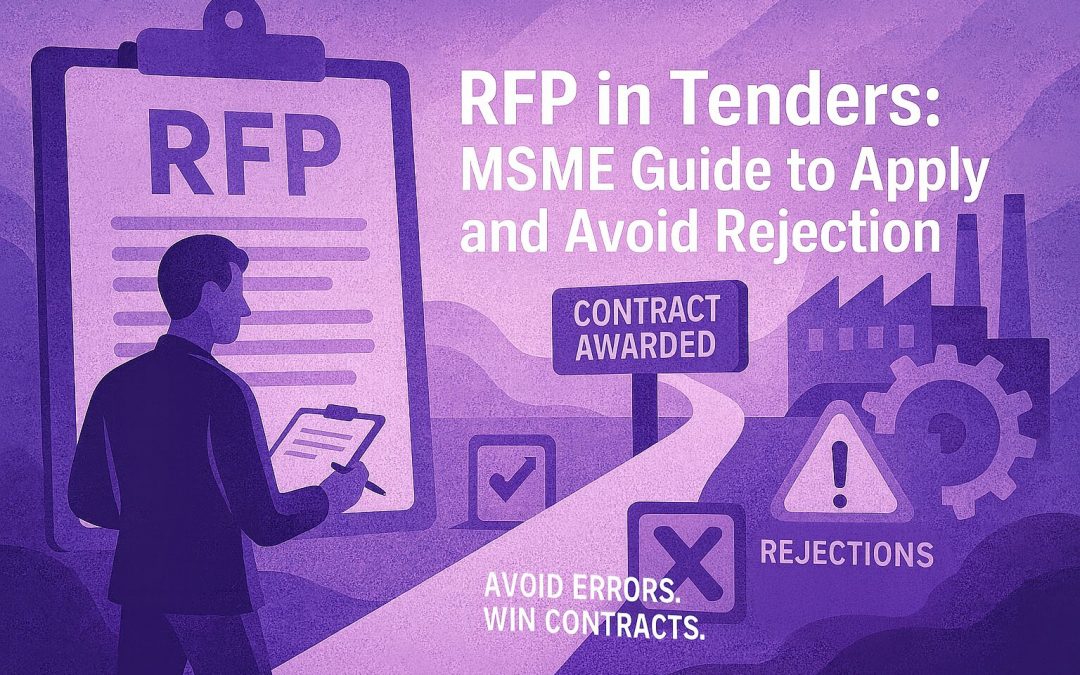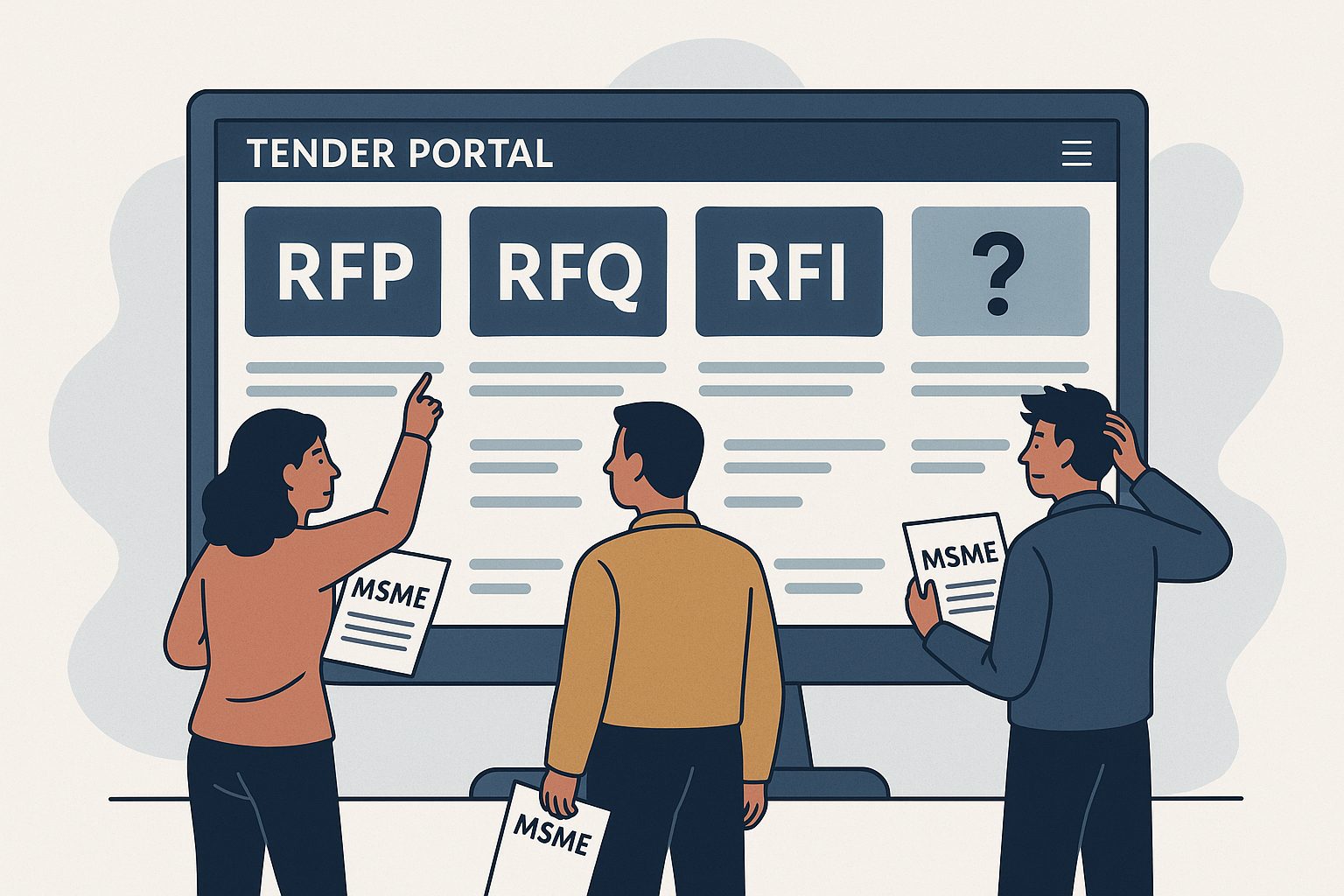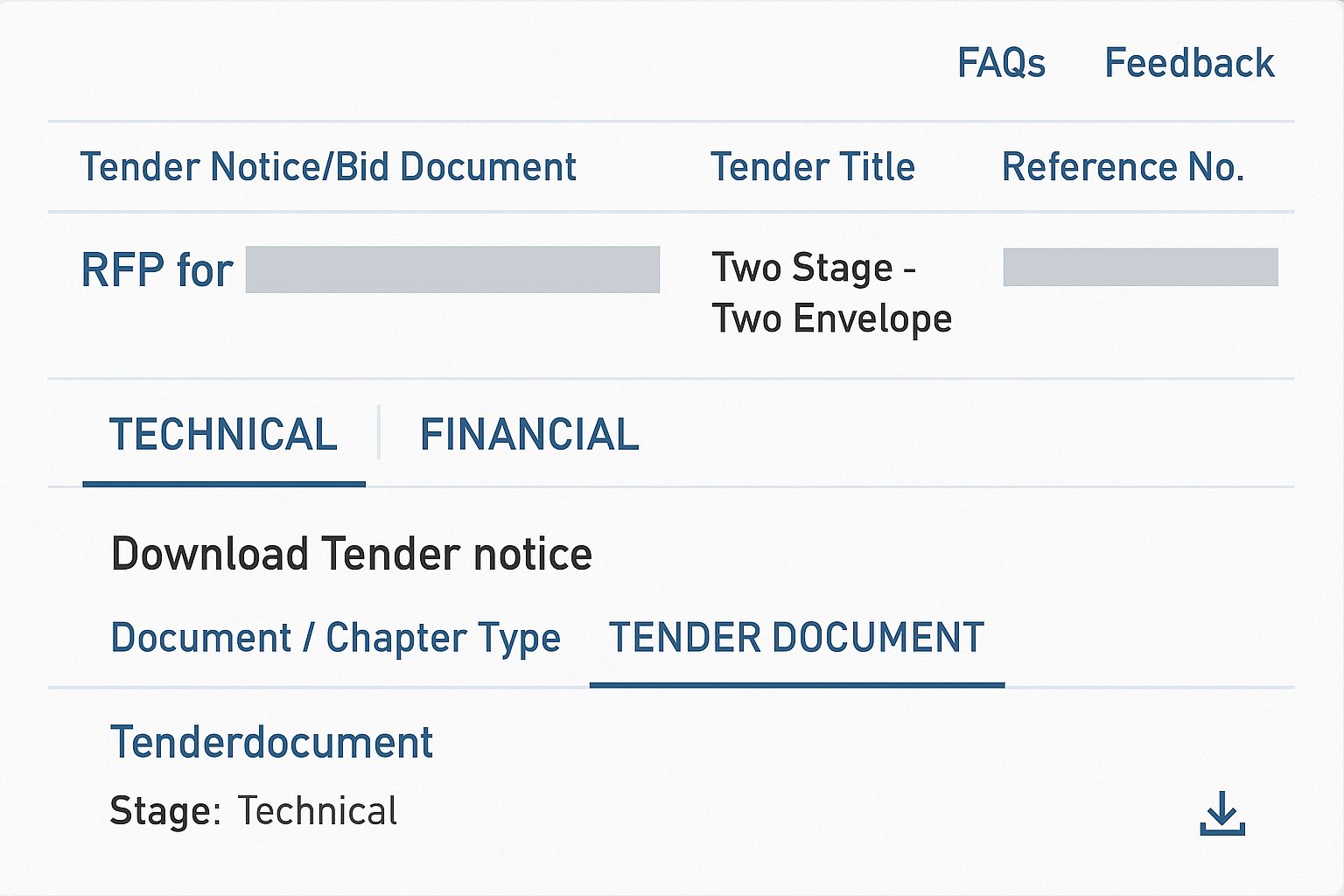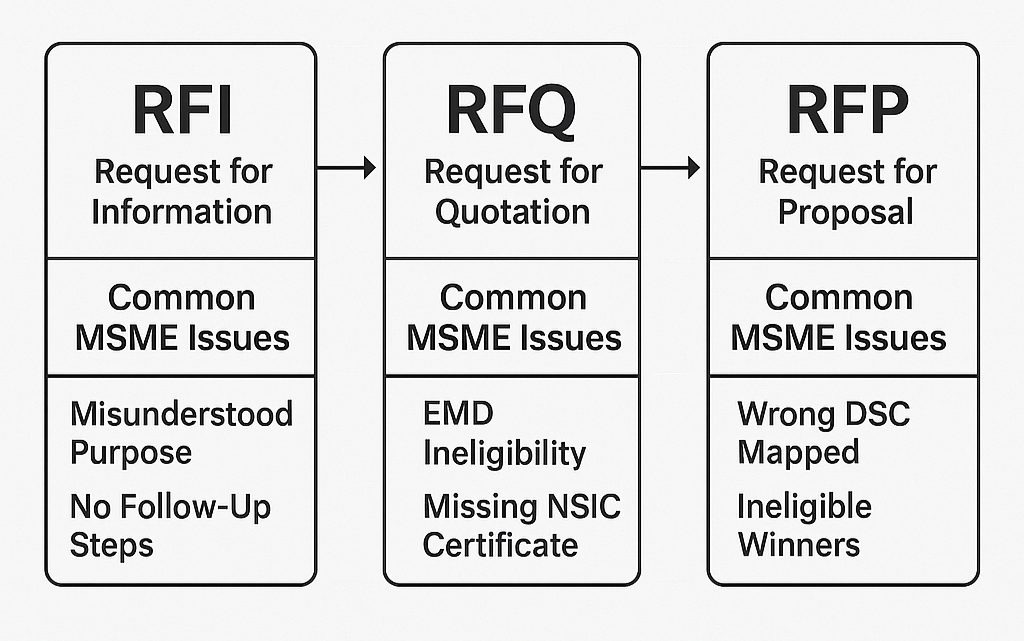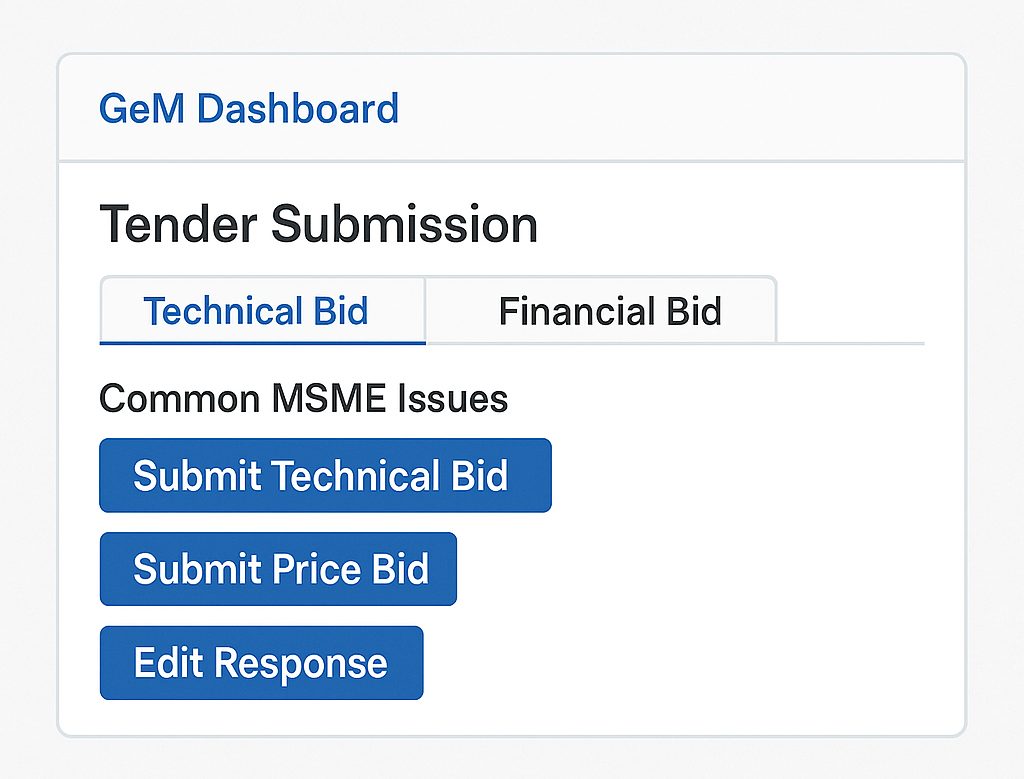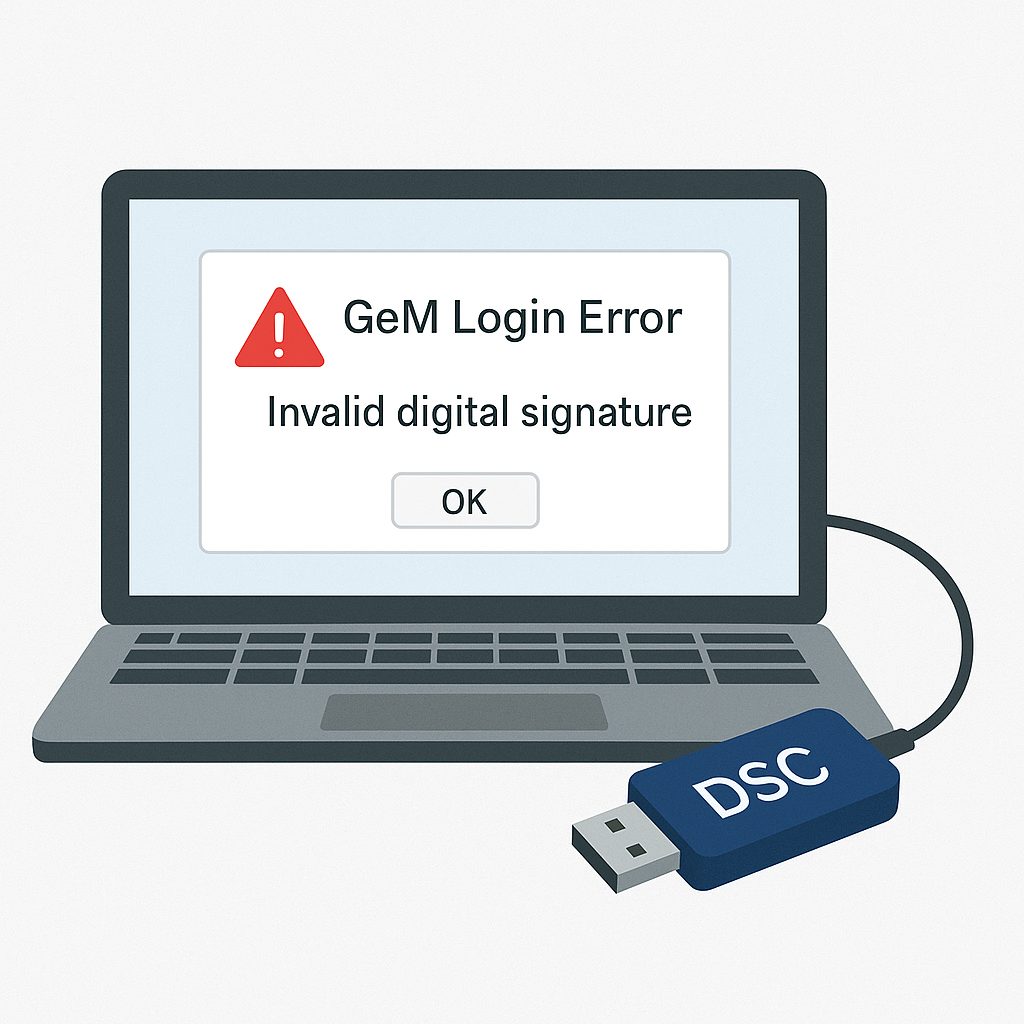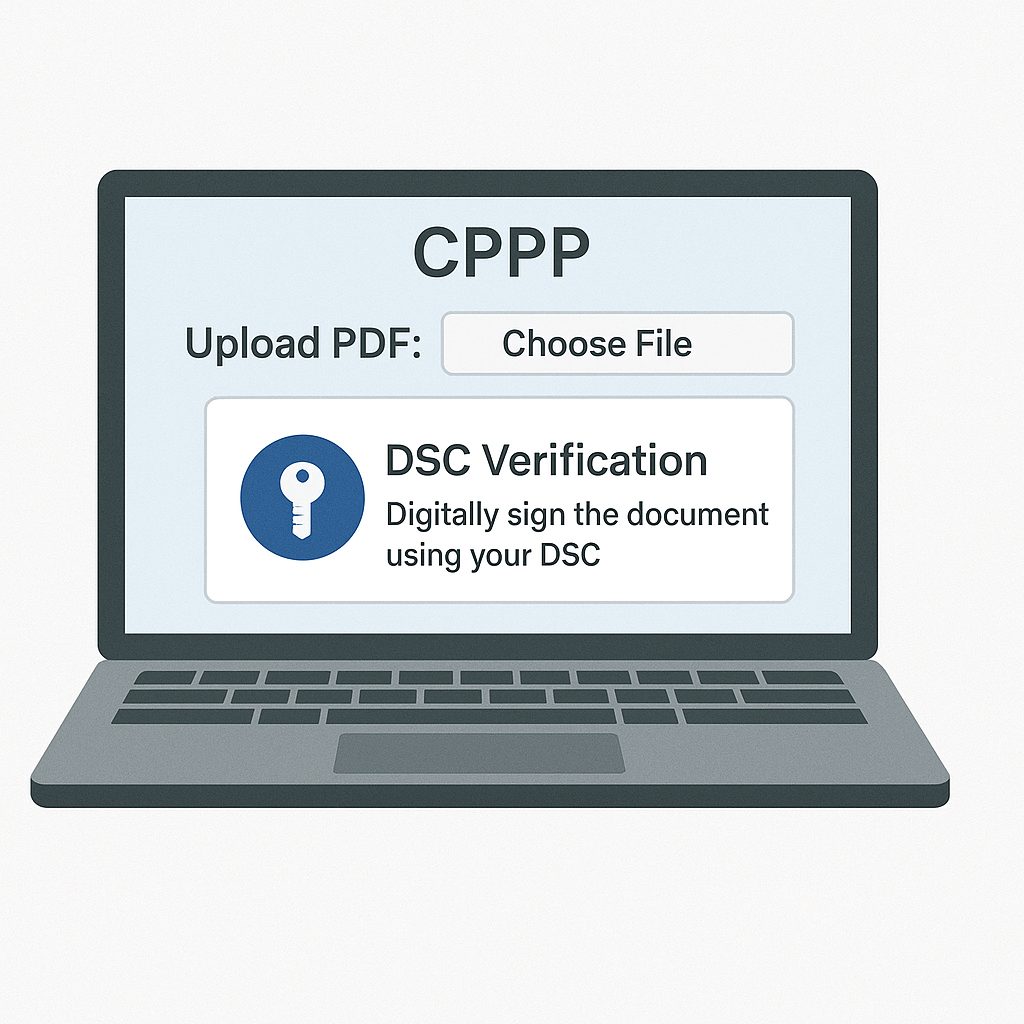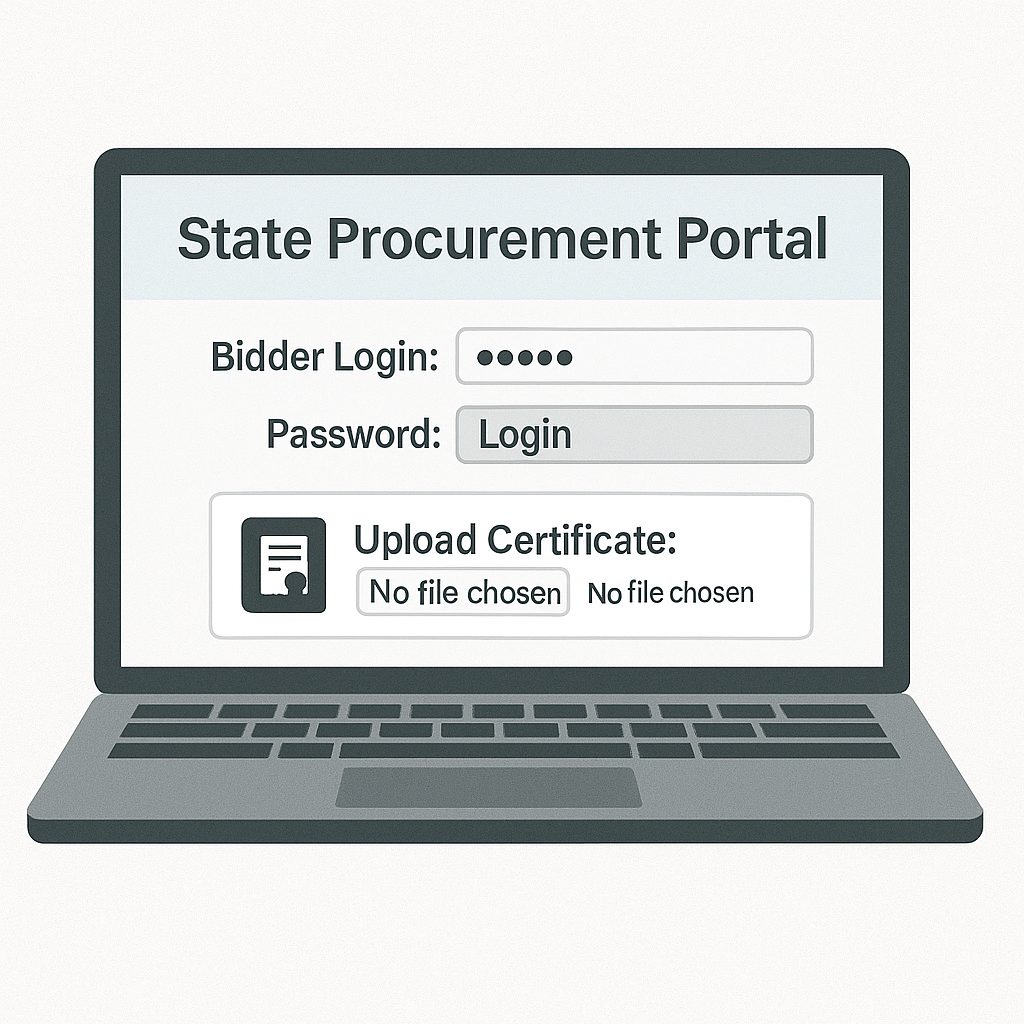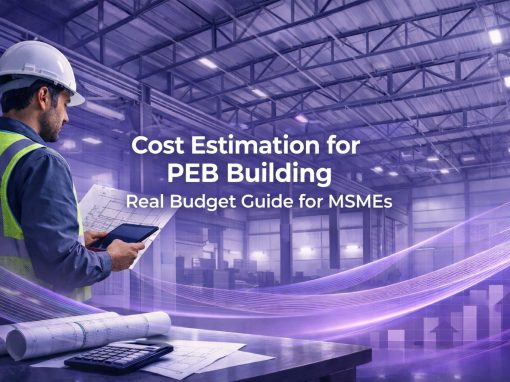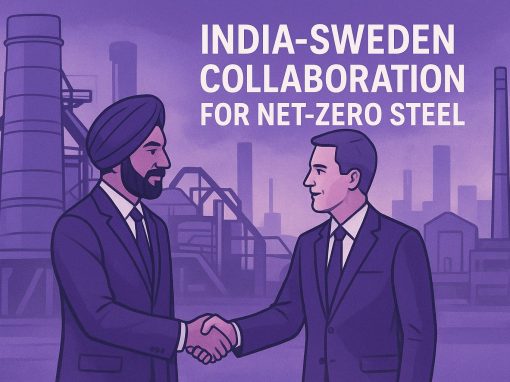Table of Contents
Every year, thousands of government projects in India are awarded through online tender portals. For an MSME owner, these opportunities can mean steady revenue and credibility, but the entry barrier often looks higher than it really is. Acronyms like RFP, RFQ, and RFI appear on tender notices, leaving many first-time bidders unsure of what to do next. The result: missed deadlines, incomplete applications, and bids that never make it to evaluation.
An RFP in tenders — the Request for Proposal — is especially important. Unlike a simple quotation request, an RFP expects a vendor to demonstrate both technical capability and financial strength. This is where many small businesses stumble. A missing turnover certificate, a mismatched GST number, or a Digital Signature Certificate (DSC) error is often enough to get the bid rejected.
The aim of this guide is simple: explain the role of RFPs in public procurement, show how they work across GEM, CPPP, and state eProcurement portals, and point out the mistakes that trip up MSMEs most often. With practical steps and platform-specific clarity, even a first-time bidder can move from confusion to compliance — and start competing with confidence.
What is RFP in Public Procurement?
When a government department posts a tender, it doesn’t always want the cheapest quote. In many cases, the buyer needs assurance that the supplier can actually deliver what is promised. That is when an RFP — Request for Proposal — comes in. An RFP is not just a form to upload; it is the buyer’s way of testing whether a vendor has both the technical capacity and the commercial sense to carry out the work.
It helps to separate the jargon. An RFI (Request for Information) is used by buyers when they are scanning the market to understand what suppliers can offer. An RFQ (Request for Quotation) is mainly price-driven and requires minimal paperwork. An RFP in tenders sits in between. It expects vendors to attach certificates, financial records, delivery schedules, and a cost proposal in a single submission. If even one supporting document is missing, the system may flag the bid as incomplete.
Authorities issue RFPs for projects where quality matters as much as cost. For instance, a state health department may float an RFP for diagnostic equipment. In that case, the buyer will check ISO certifications, service support, and warranty terms along with the price. Many MSMEs lose out here. A Pune-based supplier once saw its bid rejected because the turnover certificate was missing, even though the firm had a valid MSME registration.
For smaller firms and startups, the request for proposal process in India may look complicated at first glance. The way to handle it is to build a checklist: GST and PAN details, MSME certificate, audited accounts, and technical annexures. Submitting these in the right format prevents last-minute errors and keeps the bid alive for evaluation.
Responding to RFP on GEM (Government eMarketplace)
The Government eMarketplace is the first stop for many government buyers today. For MSMEs, it looks like a fair playing field, but the experience is rarely smooth. Submitting an RFP here is not just about filling boxes on a portal. It is about clearing technical checks, attaching the right papers, and meeting timelines that the system does not forgive.
The first tripwire is the Digital Signature Certificate (DSC). Too many bids get stuck because the token expired last month, or because the drivers on the computer were never updated. Sometimes the DSC is linked to a different director’s PAN, and GEM instantly blocks the submission. Add to this the frequent OTP delays — the one-time password arrives after the login window closes — and you can see why many vendors fail before uploading even a single page.
Once inside the portal, the real filtering starts. Every RFP on GEM asks for two parts: a technical bid and a financial bid. The technical side usually asks for compliance certificates, turnover proofs, and service guarantees. The financial side is just numbers. Too many small firms upload only the price sheet and assume that is enough. It never is. A Delhi supplier of electrical fittings lost a ₹40-lakh order because the warranty statement was missing, even though the pricing was the lowest.
The fix is simple but often ignored: a checklist before submission. Keep GST, PAN, MSME certificates, audited accounts, and product-specific approvals in a ready folder. Check file size limits, because GEM throws out anything heavier than the cap without notice. Vendors who build this routine find their bids actually reach evaluation, while others keep blaming the portal.
Submitting RFPs on CPPP (Central Public Procurement Portal)
The Central Public Procurement Portal (CPPP) is the main hub for large government tenders in India. Almost every ministry and PSU posts contracts here, which makes it unavoidable for MSMEs that want serious business. The challenge is that the portal is strict to the point of being unforgiving. A single technical slip can wipe out weeks of preparation.
The first trap is the Digital Signature Certificate (DSC). The DSC has to be up to date and tied to the right business entity, or the portal won’t accept it. If it has expired or is linked to the wrong entity, the bid never makes it through. Many vendors realise this only when the submission clock is ticking down. Another common tripwire is password expiry. Accounts that remain inactive for months get locked, and unlocking them during a live tender window is nearly impossible.
File uploads are the second weak spot. CPPP accepts only PDF documents, and they have to stay within strict size limits. Vendors often try to compress files at the last minute; the result is half the time a corrupted or unreadable PDF. Evaluators do not chase bidders for fresh copies—they simply mark the bid as non-responsive. A mid-sized IT firm in Hyderabad once missed a crore-plus project because their financial quote would not open after upload.
The errors that regularly sink MSME bids on CPPP include:
- Uploading Word or Excel files instead of PDFs.
- Submitting GST, PAN, or MSME certificates that have already expired.
- Placing the financial bid in the wrong upload field.
The safest way forward is preparation. MSMEs should maintain a tested document pack—all certificates updated, all PDFs checked for readability, file sizes trimmed without breaking formatting. Running a trial upload well ahead of the deadline is another underrated safeguard. Finally, bidders should not ignore pre-bid meetings. These sessions are where clarifications happen, and skipping them often leads to faulty assumptions that cost the contract.
State Tender Portals and Department-Level RFPs
State portals are a different world from GEM and CPPP. The rules shift with every state, and even departments inside the same state run their own variations. For MSMEs, that often means surprises. A vendor might breeze through a GEM submission only to get blocked on a state portal because the system won’t accept their DSC or because the tender notice asks for a certificate they have never been asked for before.
Eligibility is rarely uniform. A textile unit in Gujarat may enjoy EMD relief on the state site, while the same firm bidding through CPPP pays the full amount. Some departments even insist on hard copies of certain documents after you upload everything online. That small print catches many first-time bidders off guard.
Language is another barrier. Several portals publish notices only in the regional language. Out-of-state vendors depend on translations, and a single mistranslated line can sink a bid. One food processing MSME bidding in Karnataka lost out because the English summary missed a clause about a mandatory annexure.
The rough edges on these portals are well known:
- Portals built on older tech that reject some DSC types or browsers.
- State-level registrations such as labour welfare board enrolments.
- Notices available only in local language.
- Departments asking for notarised or physical copies even after digital upload.
The lesson is simple: MSMEs need to study state procurement policies before bidding. Many states actually provide preferential treatment or lower EMD for local MSMEs, but those benefits are not always obvious in the tender notice. Vendors who plan around state-specific schemes have a far better chance of staying in the race.
How MSMEs Can Improve RFP Success Rates
Most MSMEs lose tenders not because they lack capability, but because of preventable mistakes. A certificate uploaded in the wrong slot, a DSC that expired two days before submission, or a financial bid placed in the technical section—these errors happen every week on procurement portals, and evaluators rarely give second chances.
The first step is boring but vital: keep a document folder that stays updated. GST, PAN, Udyam registration, audited balance sheets, EMD exemption letters—everything in one place. Firms that refresh these documents early avoid the last-minute scramble. In one PSU bid, a small engineering vendor stayed in the race only because their Udyam certificate had been renewed a week before the deadline. Others were disqualified for submitting expired copies.
Next comes the pre-bid meeting. Many vendors skip it, assuming it is a formality. It is not. This is where buyers clarify scope, deadlines, and compliance terms. If a question is answered during this stage, it is recorded and becomes binding for all bidders. MSMEs that ignore pre-bid queries often prepare proposals on incomplete information, while competitors move forward with the clarified version.
Pricing is another trap. Too many MSMEs underquote, thinking the lowest number always wins. Most RFPs use weighted scoring. A proposal that is slightly higher in cost but well supported with a solid technical approach often looks safer to evaluators than a low bid that raises doubts.
And finally, the submission checklist. Before hitting upload, vendors should verify three things: are all PDFs opening without error, is the DSC active and mapped correctly, and are the annexures complete. Skipping these last checks is one of the most common reasons for rejection.
Conclusion
For MSMEs, an RFP in tenders is more than a document—it is a test of readiness. The portals may look digital and streamlined, but they are full of small technical traps. GEM punishes expired DSCs and mismatched bidder IDs. CPPP rejects unreadable PDFs without hesitation. State portals throw in their own surprises with language barriers or demands for notarised hard copies.
The pattern is clear. Bids fail not because MSMEs cannot deliver the work, but because of avoidable errors. The firms that succeed are usually the ones that build habits: keeping certificates current, attending pre-bid sessions, double-checking file formats, and knowing the quirks of each platform.
Government buyers want capable vendors. MSMEs already have the skills and products. The challenge is to prove it on paper and on portals, without letting process mistakes get in the way. Treat every RFP as both an opportunity and a checklist-driven exercise. Do that consistently, and the chances of rejection drop sharply, while the odds of winning—and growing—start to climb.
Looking for the right government tenders for your business?
Tata nexarc helps MSMEs, manufacturers, and service providers find relevant government tenders across India. Discover tenders by location, category, or department, track deadlines, and get notified on time — with complete support to help you apply confidently.
FAQs
What is the difference between an RFP and a tender notice?
Can MSMEs bid in an RFP without prior government experience?
How does DSC renewal affect RFP submission?
What is the purpose of a pre-bid meeting in RFPs?
How do state-level RFP portals differ from GEM or CPPP?
Can startups apply for RFPs under relaxed eligibility norms?
What certificates are mandatory for RFP submission?
How does EMD exemption apply to MSMEs in RFPs?
What happens if the financial bid format is incorrect?
How long does RFP evaluation usually take?
Ananya Mittal blends a background in data science with a passion for writing, contributing to Tata Nexarc’s efforts in creating insightful, data-informed content for MSMEs. Her work focuses on exploring sector-specific challenges and opportunities across procurement, logistics, and business strategy. She is also involved in leveraging analytics to strengthen content performance and deliver actionable insights to India's growing B2B ecosystem.
